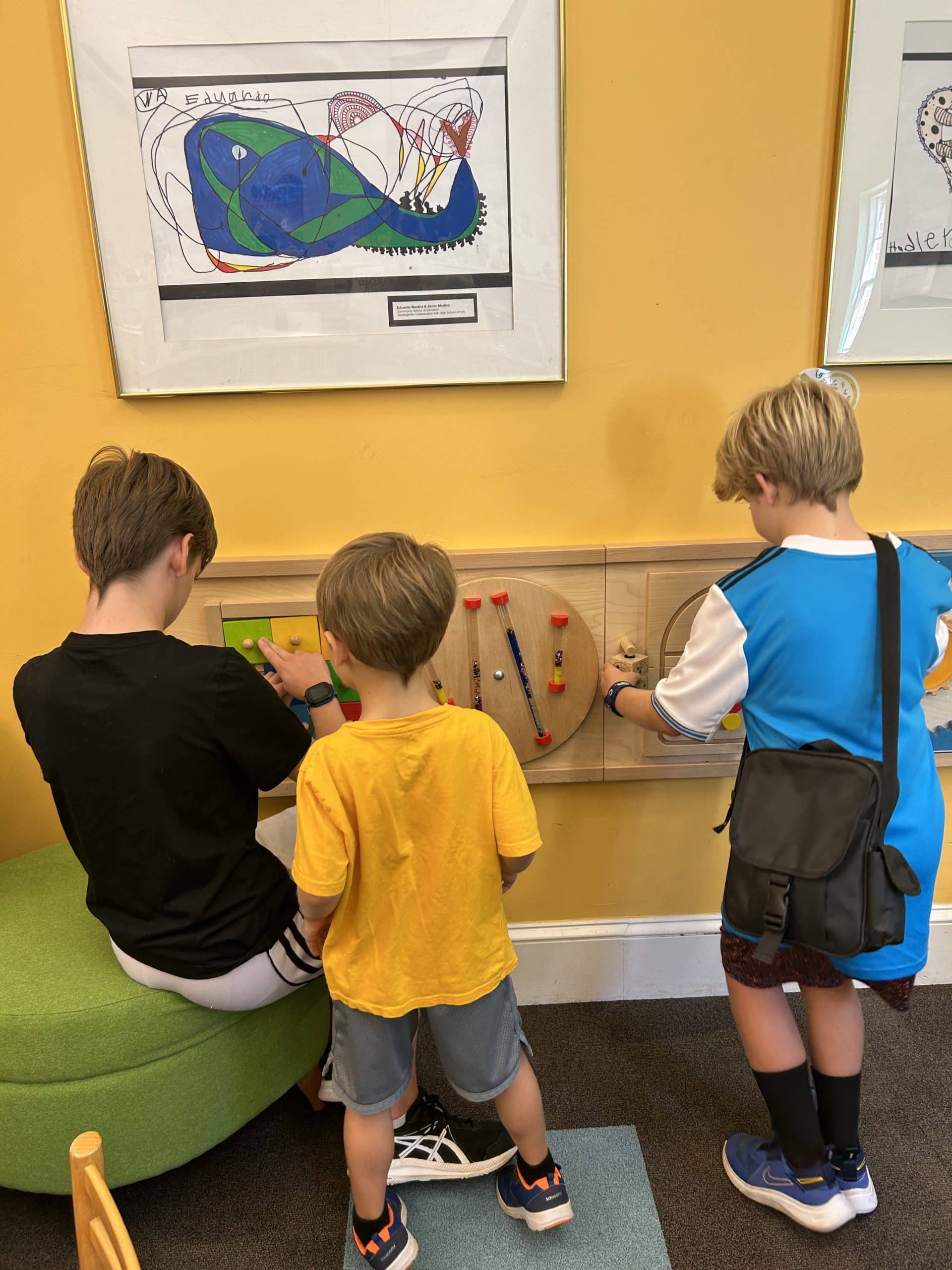There was a time when schools set aside 20 to 30 minutes for silent sustained reading, otherwise known as SSR. Due to state testing and the need to focus on reading instruction, independent reading (SSR) in the classroom has been set aside.
The problem with SSR in high school is the length of the class time from 45 – 50 minutes for instruction. In the elementary, there is a lack of interest level books in the classroom. Many also complained that they had to stop reading at an exciting part of the book. These are not valid reasons to give up SSR.
Independent silent reading time has significant influence on vocabulary development and reading comprehension. It creates a connection to writing and enhances the connection with reading in an unstructured situation.
Developing SSR time in all classrooms is an important part of the day. Encourage students to bring their own book from home, the library, or borrow one from a friend. When students are able to choose their own books to read, they tend to take risks in various subject matter and reading levels. Because students are able to choose their own books, they will read more and become better readers as well as writers. Choosing empowers students and leads them to make problem-solving decisions.
Parents have too much of a role in deciding which books their child reads. As a result, kids are being turned off. Parents and educators should not limit books to one age range or a particular reading level. Reading is a personal experience that should not be forced or controlled. Limiting children to only a certain grade or age level will discourage them from trying new books and from reading altogether. When children have the chance to select their own reading material, they achieve greater levels of success.
Reading is a skill. The more it is practiced and used, the better it gets. According to Jim Trelease, children do not read very much. Research shows that students devote only 1 percent of free time to reading. 50% of students read for an average of four minutes or less a day, 30% read two minutes a day, and 10% read nothing at all. For some students SSR in the classroom is the only time the have to engage in reading for pleasure.
Critics claim that the Report of the National Reading Panel (2000) on SSR states that there is no significant difference between students that participate in SSR and those that do not. However, the research does not give validity to the study due to the fact that there is too many variables to control and no educators would agree to be part of a control group where students were not allowed to read.
Others complain about the lack of time during the instructional day. During the course of a ‘normal’ school day there are many interruptions. SSR takes up about a little more than an hour a week. Is it that difficult to schedule time for students to enjoy reading something of their choice?
It is also stated by critics that SSR doesn’t permit the instruction of reading strategies, comprehension, or new vocabulary development. Can’t it be part of a discussion of what each child wants to share with a partner or small group? Can’t students choose a portion of what they read and relate it to how it makes them feel?
SSR opens a world of possibilities that creates new experiences for students. Giving the choice of reading material and SSR in the classroom, each student’s world can be exposed to so many more books, thoughts, experiences, and subjects. Keep SSR and choice in our schools.



